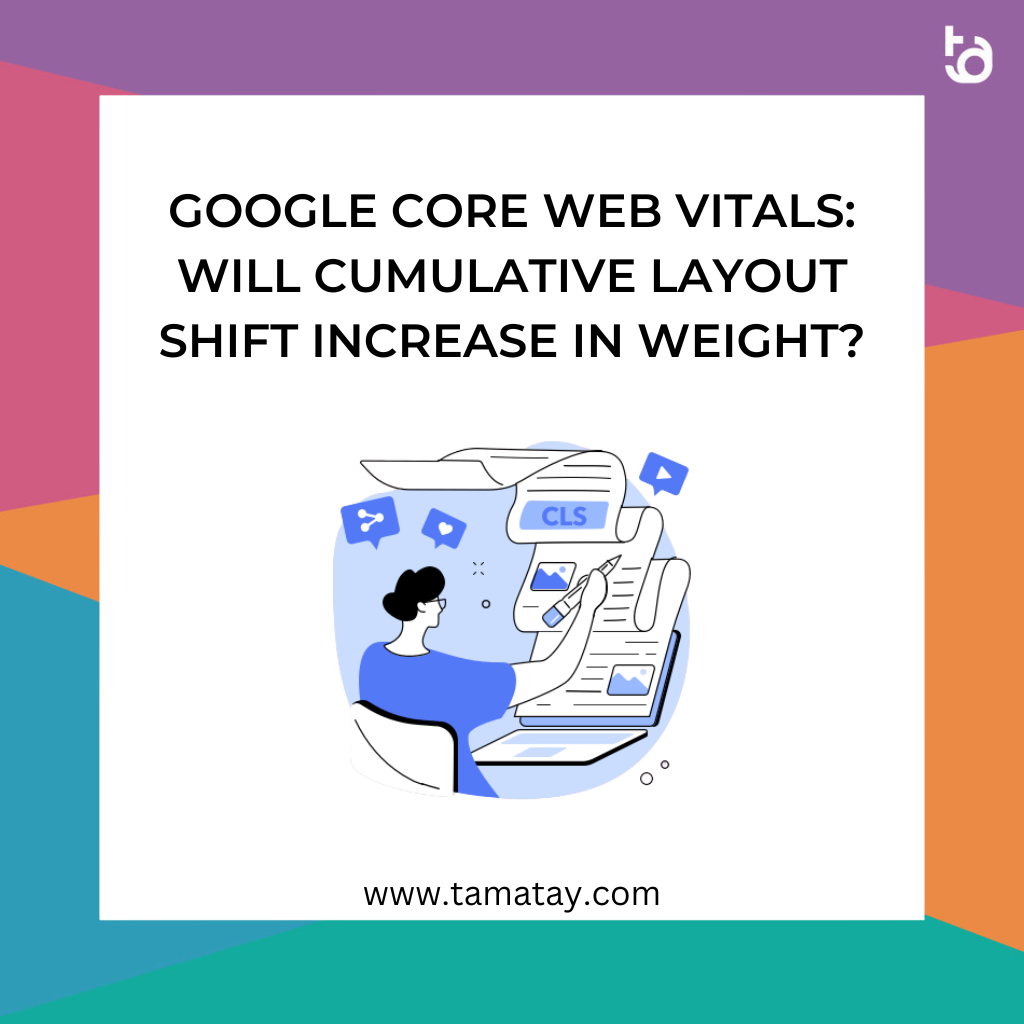Introduction
Cumulative Layout Shift (CLS) may soon become an important metric for evaluating website performance according to Google’s recently announced Core Web Vitals (CWV). As the Core Web Vitals focus on user experience, webmasters and marketers need to learn how CLS works and how it affects their online presence. This blog post will discuss how CLS is used to measure a website’s performance, its importance in website rankings, and how it could potentially be a major factor in Google’s CWV.
What is Cumulative Layout Shift (CLS)?
CLS is a metric that measures how much a web page shifts or changes on a user’s screen while it’s loading. It measures this by taking the difference between the layout at the start of loading and the layout at the end of loading. A website with a high CLS score is likely to experience disruptions in user experience, such as information moving around the page as it loads, images moving around and elements shifting.
Advantages of CLS
CLS is a useful metric for understanding how much a website shifts and changes on a user’s screen. This helps webmasters identify problematic elements of their website and make the necessary changes to improve their user experience. Furthermore, websites with a low CLS score have been found to have better rankings on search engines, resulting in higher traffic and conversions.
Impact on the Core Web Vitals
Google has recently announced the Core Web Vitals initiative, which looks at loading performance, interactivity, and visual stability. In other words, these metrics measure the user experience of a website. As such, CLS will be an important factor in the Core Web Vitals and it is likely to gain more weight in how Google evaluates website performance.
How to Improve CLS Score
There are several ways to improve a website’s CLS score and optimize the user experience. The first step is to identify where the layout shift is occurring and pinpoint the elements that are causing it. This could include images, videos, buttons, or other elements that are shifting, jumping, or changing as the page loads. Once the source of the layout shift is discovered, webmasters can make the necessary changes to improve the CLS score.
Conclusion
Cumulative Layout Shift (CLS) is an important metric for measuring a website’s performance and user experience. As Google’s Core Web Vitals increasingly focus on user experience, it is likely that CLS will gain more weight in determining website rankings. To improve a website’s CLS score, webmasters need to identify where the layout shift is occurring and make the necessary changes to optimize the user experience.







